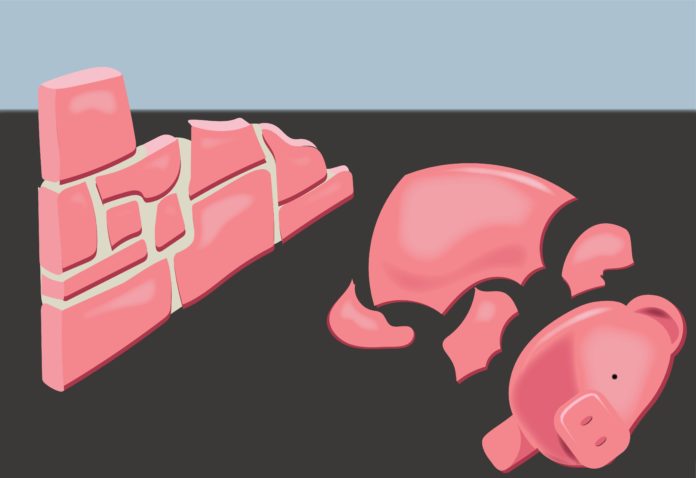Regardless of political views on immigration, President Donald Trump’s proposed border wall crumbles to environmental concern and pragmatic effectiveness.
The proposed wall, scheduled to begin construction in Texas in February, would begin in the Rio Grande Valley. Experts predict the project would harm both natural habitats and urban infrastructure.
The wall would cut through prominent natural terrains such as the Bentsen-Rio Grande Valley State Park, National Butterfly Center and La Lomita Historical Park. The U.S.-Mexico border is home to 313 species, 50 of which are endangered, according to a 2011 study. Wolves, ocelots and jaguars are among the many mammal species in the region. The wall would bisect animal populations, blocking wildlife migration, limiting access to natural resources, reducing gene pools and ultimately putting species at a higher risk of extinction. Having such a large-scale physical barrier unnaturally builds divisions within an ecosystem.
The wall would also block the free movement of wildlife as well as the flow of water. In 2012, Customs and Border Protection sought permission to build border walls in the Rio Grande floodplain. Requests were repeatedly rejected due to the high risk such an obstruction to the river would bring.
When a wall blocks the flow of a river, it ultimately becomes a dam. Unfit for such a purpose, walls in river valleys are likely to either cause flooding in the city or structurally fail and cause disruptive erosion.
Nothing about the geographic area has changed or been structurally adjusted to make construction in this area a good idea now.
While environmental and infrastructure concerns could be viewed as less pressing than the need for immigration control, border walls have further been shown to be “relatively ineffective,” according to analyses by Migration Policy.
The first sections built along the U.S.-Mexico border in El Paso and San Diego areas in the 1990s analyzed in the article are likely to apply to the wall to come. This wall was found to be ineffective, partly because of its incomplete coverage of the border, even with border patrol.
There is no guarantee that the wall will be finished within Trump’s term. The existing one-third of wall coverage took three years to complete. If another candidate is elected to presidential office in 2020 who opposes the border wall, they will likely spend more money taking down the structure.
Furthermore, while overall unauthorized crossings dropped, the wall ultimately caused increasing migration in more remote areas. The desert region of western Arizona posed serious dangers to the safety of immigrants. The only variable found to be highly correlated with wall construction, according to Migration Policy, is death rates.
Terrorism and smuggling, activity commonly associated with border activity, are not stopped by walls. The article reported that 150 tunnels built for illegal activity have been found under the border since 1990s.
More than any practical purpose, the wall serves as a campaign promise fulfilled. Saving face is not worth endangering species and people groups, nor the price tag it comes with.






